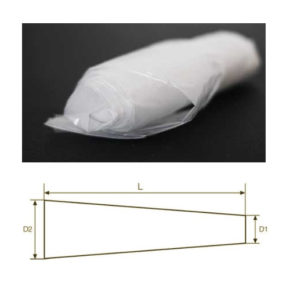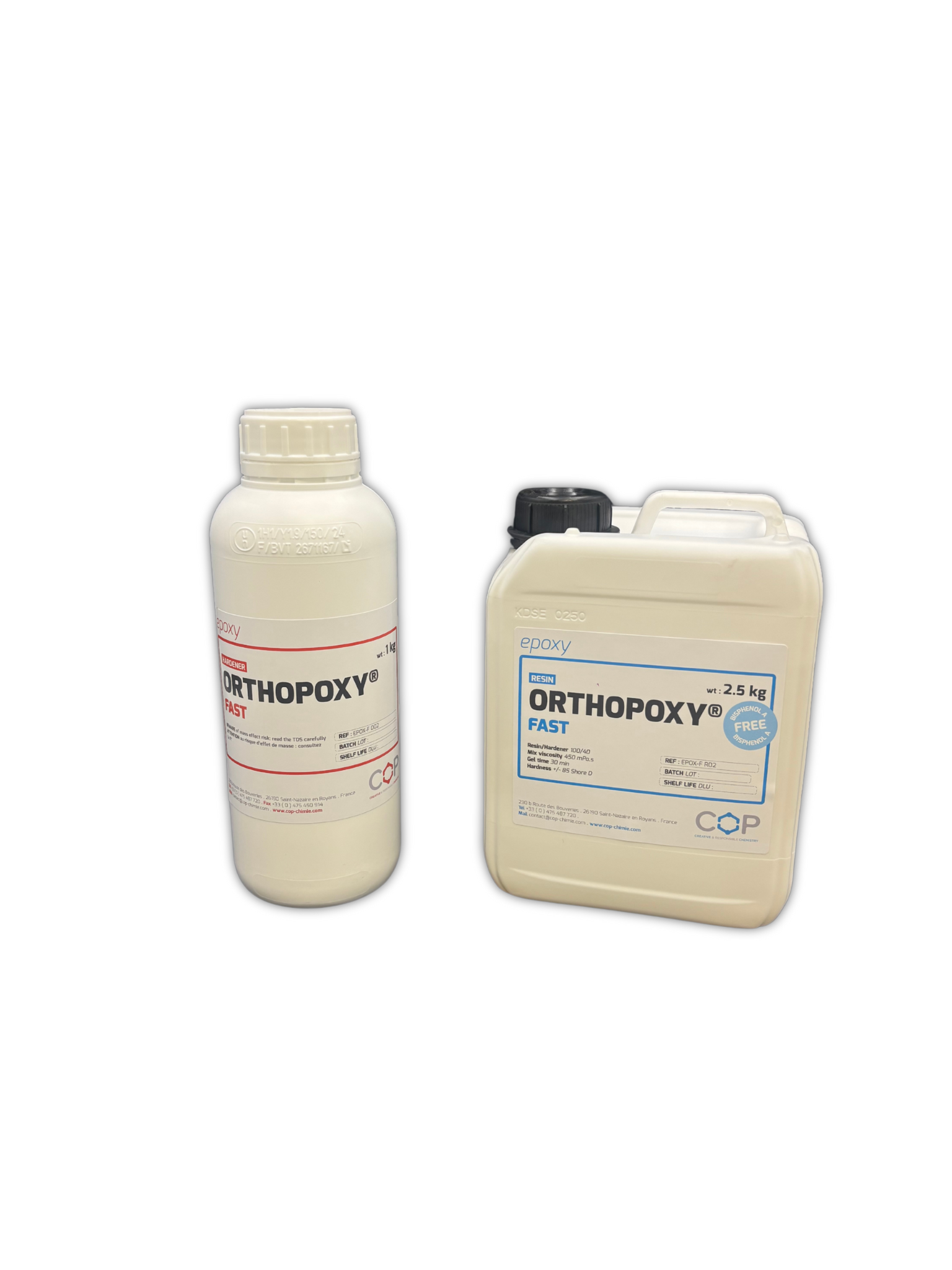Composite reinforcements, Molding accessories
HYBRIDE Braids
Flax and basalt fibers braids read more
Description
Flax and basalt fibers reinforcements permit to combine properties.of both materials. These braids are designed to manufacture prosthetic sockets.
- Health : Flax is not dangerous for human: any particles during the handling of reinforcements, not-irritating and non-allergenic. The Basalt is an inert material, nontoxic and non-carcinogenic. Hence, our Basalt range (braids, tape, in sheet) can by handle safely.
- Comfort : Flax composites provide damping properties never reached by the other fibers. Hence, orthopedic devices realized with ORTHOFLAX® fibers combined with our ORTHOPOXY® resin improve the comfort for the patient thanks to the reduction of shocks and vibrations during their activities.
Furthermore, flax provides a heat insulation property which is not the case of carbon fiber which is very conductive. Hence, when the weather is very hot, the use of orthopedic devices is easier. - Compatible with our acrylic resins COPACRYL : The mechanical tests realized by our CPO partner have allowed us to validate this compatibility.
- Impregnability : Compared to synthetic fibers (carbon, glass), the flax structure (cellulose) allows the resin to impregnate the fiber core. Compared to the synthetic fibers (carbon and glass), Basalt fibers provide also a good wettability and don’t absorb moisture.
- Mechanical properties : Basalt fibers offer higher properties compare to glass fibers and flax fibers are similar to glass fibers.
- Compatible with the other fibers : ORTHOFLAX® and ECO-BLACK ranges can be used in combinaison with other fibers.
- Low environmental impact : Five times less energy necessary to be transformed compared to glass and 20 times less compared to carbon. Basalt is a natural resource from volcanic rock.
- Renewable agriculture resource : 100% of our fibers are produced in France and Belgium, renewable and biodegradable.
- Architecture : +/- 45°
- Diameters : 130, 150 et 225 mm
- Weighing : 190, 265, 299 g/m
- Packaging : 5 mL rolls
Additional information
- Accessories
- Type of fiber
- Diameter
- Length
Data sheet














